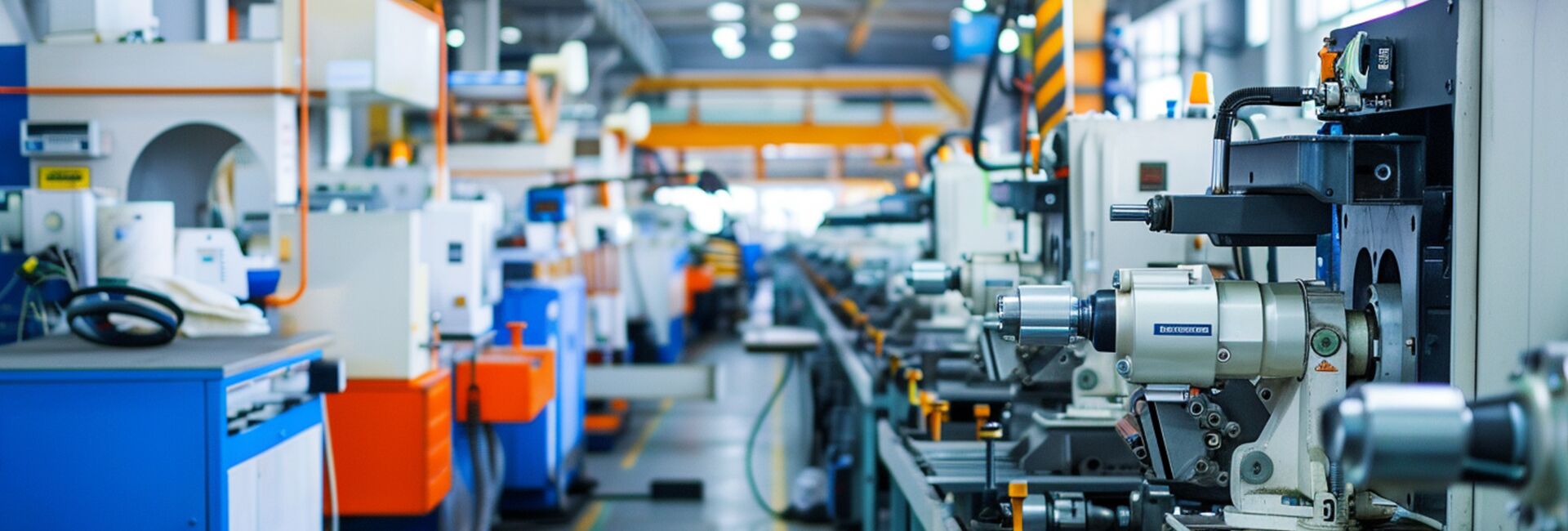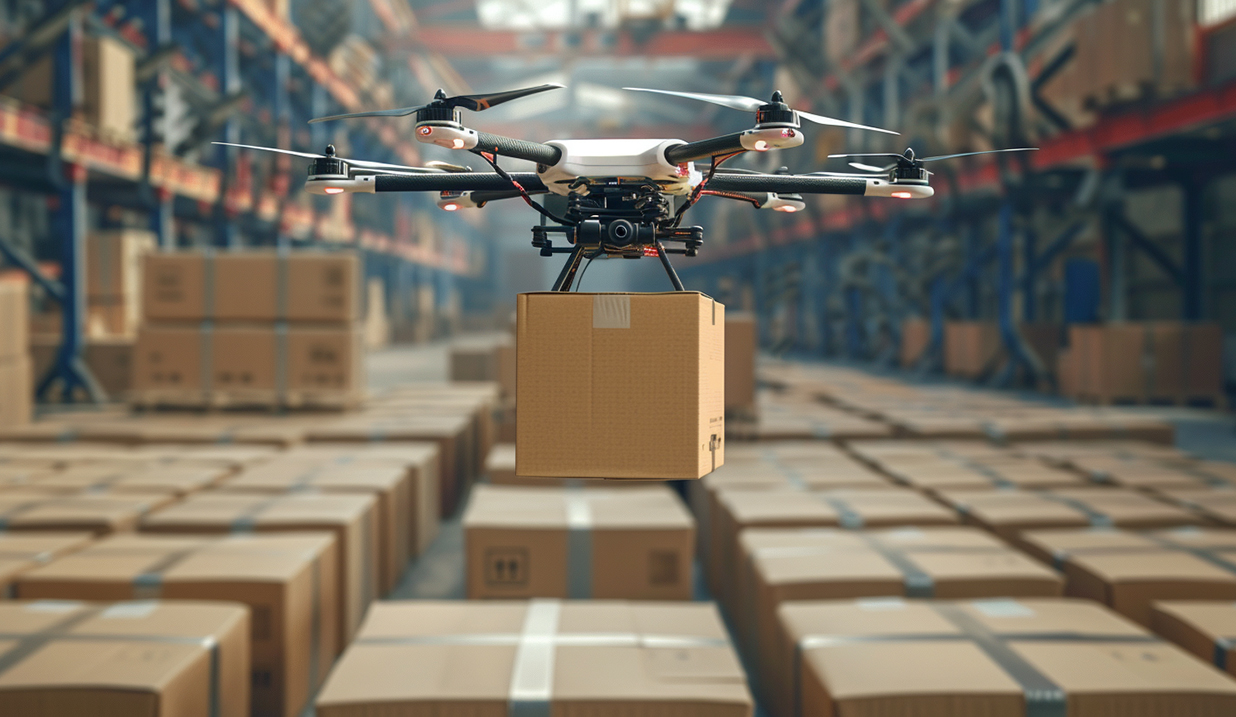
WIRELESS CHARGING IN THE NEWS
Driven by the waves of industrial automation and smart cities, outdoor wheeled inspection robots, with their powerful functions and flexibility, are becoming key "mobile sentinels" for enhancing efficiency and ensuring safety, demonstrating significant value in numerous fields.
Core functions: Intelligent perception and autonomous action
Autonomous navigation and movement: The robot is equipped with multiple sensors such as lidar, depth cameras, GPS/RTK and IMU, which can construct high-precision environmental maps in real time, achieve autonomous path planning, obstacle avoidance and stable driving in complex outdoor environments, and easily handle various terrains such as slopes, gravel and grasslands.
Environmental perception and data collection: By integrating high-definition visible light cameras, infrared thermal imagers, gas sensors, noise detectors, etc., the robot is equipped with "super senses" and can monitor various key information such as abnormal equipment temperature, gas leakage, environmental noise, illegal intrusion, road damage, and foreign object stacking around the clock.
Intelligent recognition and early warning: By integrating edge computing and AI algorithms, robots can automatically identify instrument readings, equipment status indicator lights, and specific target objects (such as people, vehicles, and fireworks), and conduct real-time analysis of the collected data. Once any abnormality is detected (such as excessive temperature, abnormal gas concentration, signs of equipment failure, or security intrusion), a multi-level alarm mechanism will be immediately triggered.
Remote monitoring and interaction: Operators can view the high-definition images, sensor data and alarm information sent back by the robot in real time through the remote control center. When necessary, remote control operations can be performed to achieve efficient human-machine collaboration.
Long-term operation and self-maintenance: Designed to adapt to harsh outdoor environments (dust-proof, water-proof, wide temperature range), it supports automatic charging to ensure the execution of long-term continuous inspection tasks.
Vast Horizons: Core Application scenarios
Industrial plants and energy bases
Large-scale factory areas (chemical, manufacturing, and logistics parks) : Replace manual operations for 24/7 security patrols, monitoring perimeter intrusions, fire hazards, and personnel violations. Inspect the appearance of the factory building, the condition of pipelines and valves, and the stacking of materials. Nighttime security has been strengthened.
Energy facilities (photovoltaic power stations, wind farms, substations, oil and gas fields) : Efficiently inspect the dirt and hot spots on photovoltaic panels, damage to wind turbine blades, overheating of substation equipment, leakage of oil and gas pipelines, and abnormal surrounding environments, significantly enhancing operation and maintenance efficiency and personnel safety.
Comprehensive pipe galleries and tunnels: Deep underground or enclosed Spaces, they monitor environmental parameters (temperature, humidity, harmful gases), equipment operation status (lighting, ventilation, fire protection facilities), and structural safety (cracks, water seepage) to ensure the safety of the "urban lifeline".
Smart City and Public Administration
Municipal roads and pipe networks: Inspect road surface diseases (potholes, cracks), missing or displaced manhole covers, illegal occupation of roads, and the status of drainage facilities to assist in the refined management of municipal facilities.
Parks and public places (parks, campuses, large communities) : Carry out daily security patrols, maintain order, identify uncivilized behaviors, monitor the flow of people, and conduct preliminary investigations of emergency events to enhance public safety and service quality.
Specific area management (certain areas of ports and airports, border patrols) : Conducting perimeter patrols, identifying suspicious targets, and assisting in monitoring in vast or sensitive areas.
Dangerous and Special Environments
Nuclear facility periphery, mining areas, and disaster site assessment zones: Enter high-risk areas of radiation, collapse, and pollution on behalf of personnel to carry out monitoring tasks and protect personnel safety to the greatest extent.
Future trend: Integration and deepening
With the enhancement of 5G low-latency communication, edge computing capabilities and the continuous evolution of AI algorithms, outdoor wheeled inspection robots will move towards higher-level intelligent collaboration - multi-machine collaboration to form an efficient inspection network, intelligent analysis capabilities to develop towards predictive maintenance, and in-depth integration with unmanned aerial vehicles and fixed monitoring systems to build a three-dimensional security system. They are not only substitutes for existing jobs, but also key nodes for data-driven decision-making.
Outdoor wheeled inspection robots are redefining the traditional inspection mode. Its strong environmental adaptability, tireless continuous working ability and constantly evolving intelligent core make it demonstrate irreplaceable value in ensuring safety, improving efficiency, reducing human risks and costs, and continuously drive industrial operation and maintenance and urban management towards a new stage of intelligence.







